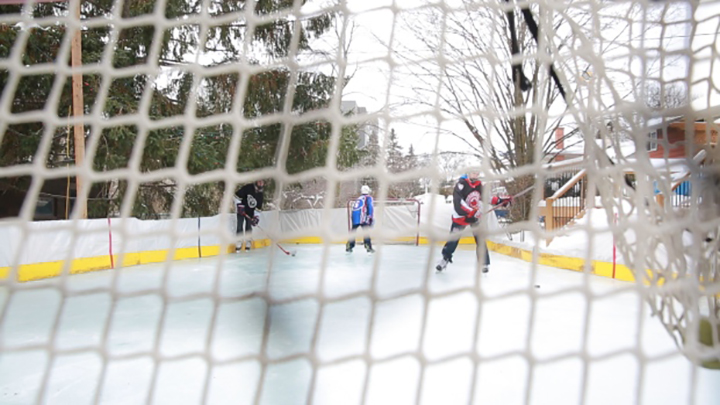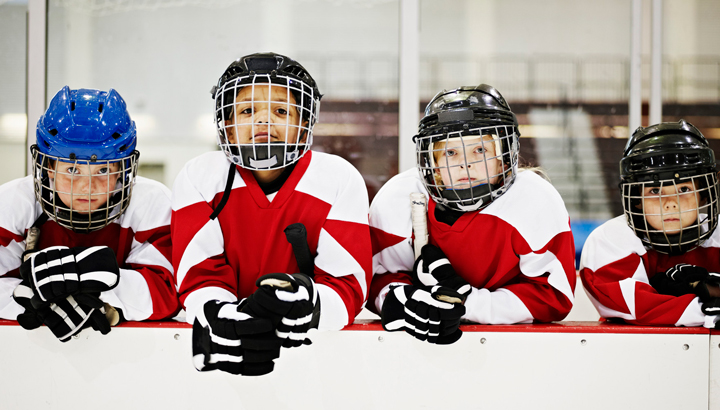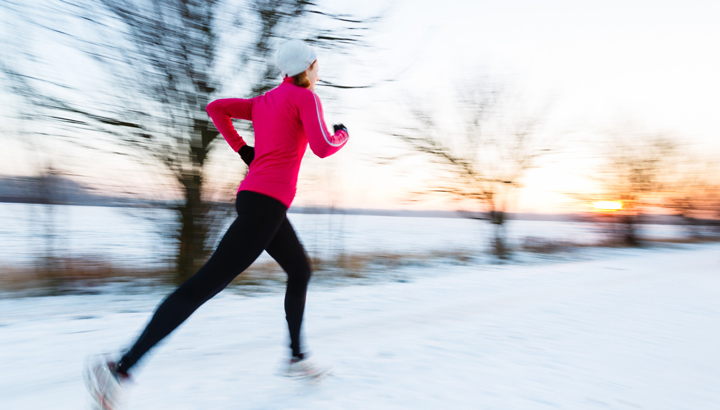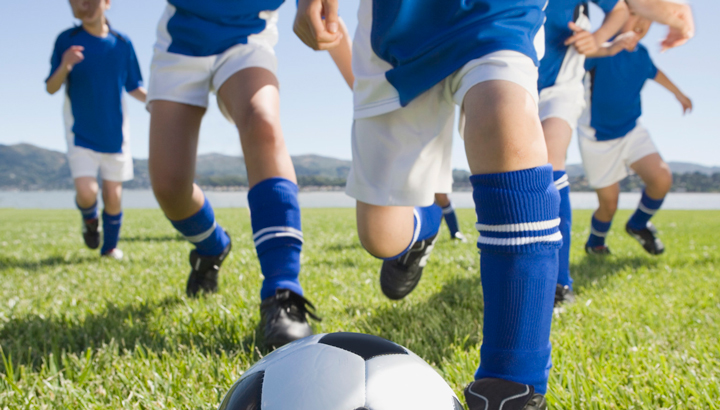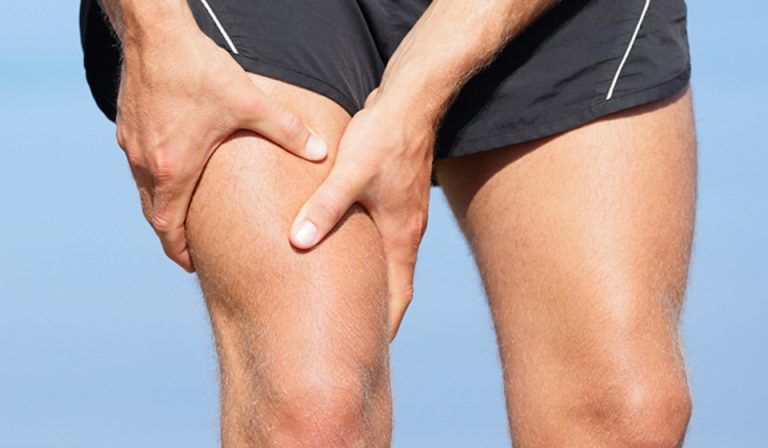Oakville Dad Builds a Backyard Rink…
Oakville dad builds a backyard rink because there’s no better place to play shinny A game of shinny remains an uber-Canadian winter tradition. And there is no better place to play pickup hockey than in your own backyard. Every winter, Russell Gunner builds a backyard ice rink, just like his father did. This is his […]
Oakville Dad Builds a Backyard Rink… Read More »

